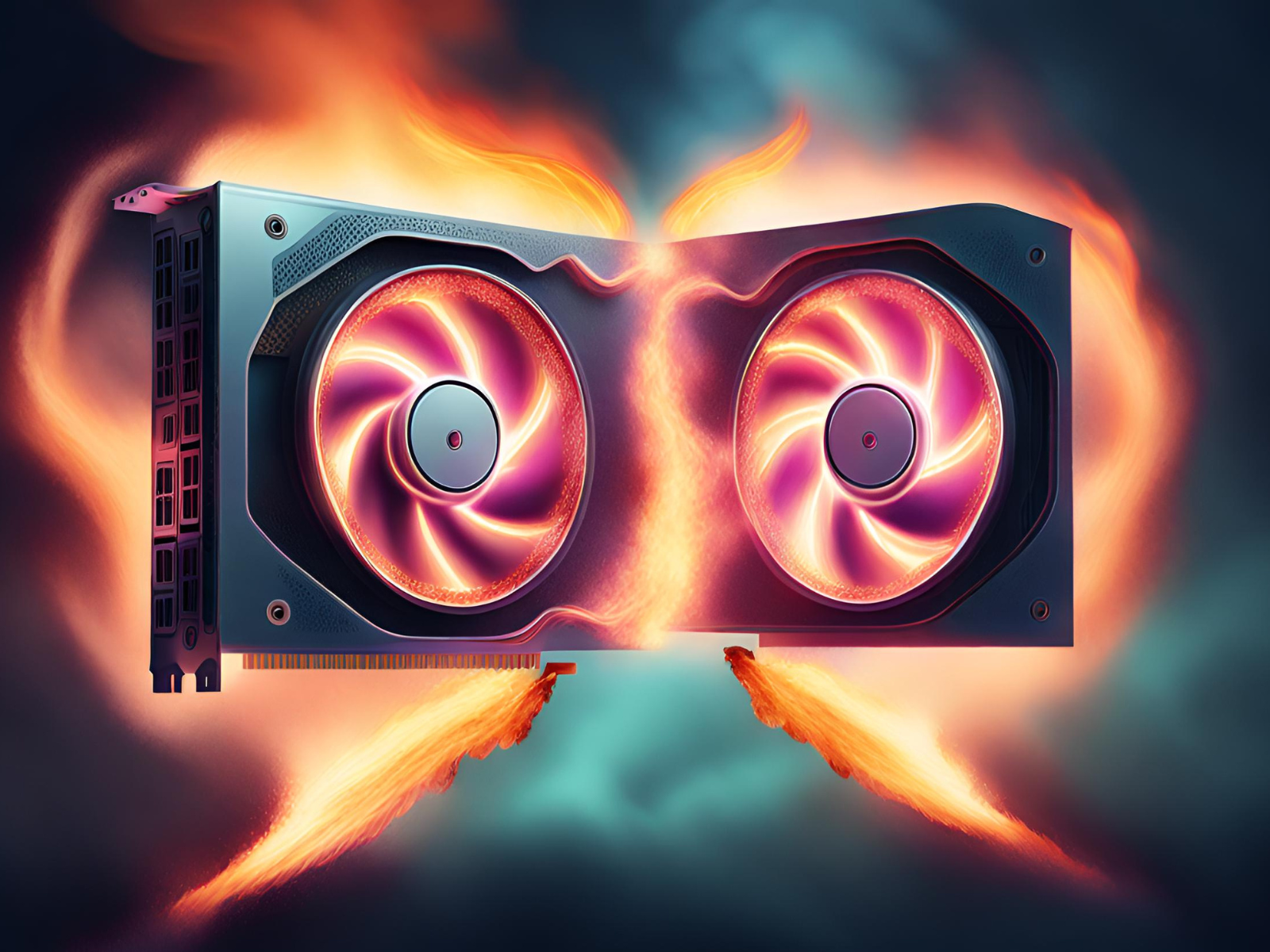NVIDIA RTX Quadro GPUs vs GeForce RTX GPUs
In the world of computer graphics, NVIDIA stands as a towering figure, offering a wide range of graphics processing units (GPUs) catering to different needs, from gaming to professional content creation and scientific computation. Among its extensive lineup, the NVIDIA RTX Quadro and GeForce RTX series are two of the most prominent, each targeting distinct market segments. This post delves into the differences between these series, focusing on their performance, application, features, and cost-effectiveness.
NVIDIA decided to move away from the "Quadro" naming convention for its professional-grade graphics cards. The new branding is NVIDIA RTX Professional GPUs.
Target Audience and Usage
NVIDIA RTX Quadro GPUs are designed with professionals in mind. These GPUs are tailored for architects, artists, and engineers, optimized for CAD, 3D modeling, and video editing software. They’re built to handle intensive tasks like rendering complex scenes, simulating physical phenomena, or processing large datasets in machine learning and data analysis.
NVIDIA GeForce RTX GPUs, on the other hand, are primarily aimed at gamers and general consumers. They bring high-fidelity, real-time ray tracing, and AI-enhanced graphics to the gaming world, offering immersive experiences in the latest video games. However, their capabilities also make them suitable for content creation and entry-level computational work, offering a versatile solution for a broad audience.
Performance
Quadro RTX GPUs are engineered for stability, reliability, and precision. They often have larger amounts of memory than their GeForce counterparts, which is crucial for handling large datasets and complex 3D models. Additionally, Quadro GPUs support ECC (Error Correcting Code) memory, enhancing data integrity for critical tasks.
GeForce RTX GPUs are optimized for speed and efficiency in rendering graphics, providing the horsepower needed for smooth gaming at high resolutions and frame rates. While they may not have as much memory as Quadro GPUs, they excel in their ability to render graphics quickly, thanks to their high CUDA core count and clock speeds.
Features and Certification
A key difference between the two lines is in their driver support and certification with professional software applications like Autodesk, Adobe, and SolidWorks. Quadro GPUs are certified to run these applications, ensuring compatibility and stability, which is essential for professionals whose livelihood depends on reliable hardware.
GeForce RTX GPUs, while capable of running many of the same applications, are not officially certified for most professional software, which might lead to less optimized performance or compatibility issues in some cases.
Price and Cost-effectiveness
Quadro RTX GPUs are significantly more expensive than GeForce RTX GPUs. This price difference is justified by the specialized needs they cater to, including the certification for professional applications, higher memory capacities, and support for ECC memory. For businesses and professionals where time is money, and stability is paramount, the investment in Quadro GPUs can be well worth it.
GeForce RTX GPUs offer incredible value for gamers and general consumers, providing cutting-edge gaming performance and decent capabilities for content creation at a much lower price point. For individuals and small businesses on a budget, GeForce GPUs present a cost-effective solution that balances performance with affordability.
Conclusion
Choosing between NVIDIA RTX Quadro and GeForce RTX GPUs ultimately depends on your specific needs and budget. If you’re a professional working in design, engineering, or content creation where precision and reliability are non-negotiable, investing in a Quadro GPU is the way to go. For gamers, streamers, and those dabbling in content creation, the GeForce RTX series offers an excellent blend of performance and value.
As the lines between professional and consumer GPUs continue to blur, with advancements in technology and software optimizations, the decision becomes more nuanced. Considering the critical factors of performance, application, features, and cost will guide you in selecting the right GPU for your needs, ensuring that you get the best value and performance for your investment.







